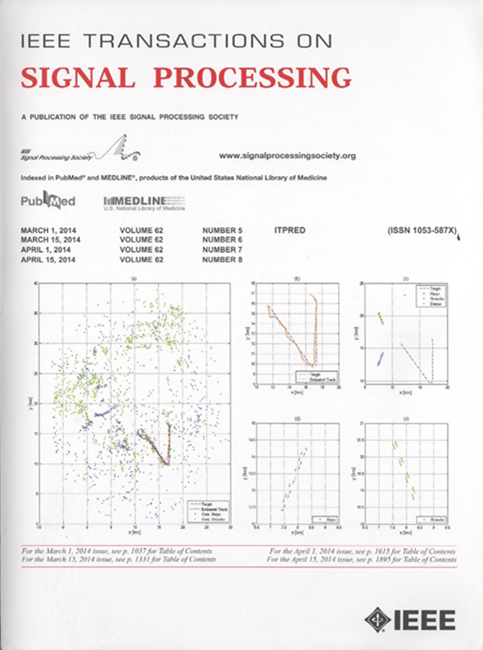Generalization of Geometric Graph Neural Networks With Lipschitz Loss Functions
IF 5.8
2区 工程技术
Q1 ENGINEERING, ELECTRICAL & ELECTRONIC
引用次数: 0
Abstract
In this paper, we study the generalization capabilities of geometric graph neural networks (GNNs). We consider GNNs over a geometric graph constructed from a finite set of randomly sampled points over an embedded manifold with topological information captured. We prove a generalization gap between the optimal empirical risk and the optimal statistical risk of this GNN, which decreases with the number of sampled points from the manifold and increases with the dimension of the underlying manifold. This generalization gap ensures that the GNN trained on a graph on a set of sampled points can be utilized to process other unseen graphs constructed from the same underlying manifold. The most important observation is that the generalization capability can be realized with one large graph instead of being limited to the size of the graph as in previous results. The generalization gap is derived based on the non-asymptotic convergence result of a GNN on the sampled graph to the underlying manifold neural networks (MNNs). We verify this theoretical result with experiments on multiple real-world datasets.用 Lipschitz 损失函数泛化几何图神经网络
本文研究了几何图神经网络(gnn)的泛化能力。我们考虑一个几何图上的gnn,该几何图是由嵌入流形上的一组随机采样点构成的,并捕获了拓扑信息。我们证明了该GNN的最优经验风险和最优统计风险之间存在一个泛化差距,该差距随着从流形中采样点的数量而减小,随着底层流形的维数而增大。这种泛化差距确保了在一组采样点的图上训练的GNN可以用来处理从相同的底层流形构造的其他未见过的图。最重要的观察是,泛化能力可以用一个大的图来实现,而不是像以前的结果那样受限于图的大小。基于GNN在采样图上对底层流形神经网络(mnn)的非渐近收敛结果,推导出泛化间隙。我们用多个真实数据集的实验验证了这一理论结果。
本文章由计算机程序翻译,如有差异,请以英文原文为准。
求助全文
约1分钟内获得全文
求助全文
来源期刊

IEEE Transactions on Signal Processing
工程技术-工程:电子与电气
CiteScore
11.20
自引率
9.30%
发文量
310
审稿时长
3.0 months
期刊介绍:
The IEEE Transactions on Signal Processing covers novel theory, algorithms, performance analyses and applications of techniques for the processing, understanding, learning, retrieval, mining, and extraction of information from signals. The term “signal” includes, among others, audio, video, speech, image, communication, geophysical, sonar, radar, medical and musical signals. Examples of topics of interest include, but are not limited to, information processing and the theory and application of filtering, coding, transmitting, estimating, detecting, analyzing, recognizing, synthesizing, recording, and reproducing signals.
 求助内容:
求助内容: 应助结果提醒方式:
应助结果提醒方式:


